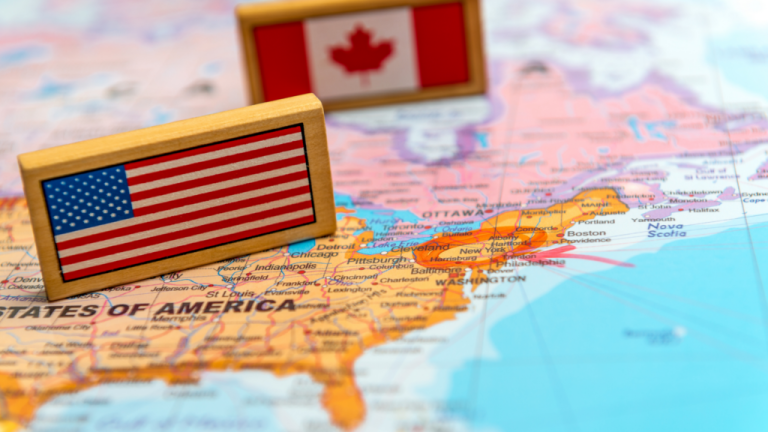
Southeast Asian countries — Singapore, Vietnam, Thailand, Indonesia and the Philippines — are experiencing increased demand for high-quality dental products and technologies from the United States and Canada, says a Chicago-based trade fair organizer.
“U.S. dental manufacturers are uniquely positioned to thrive in Southeast Asia,” said Mette Petersen, president of Koelnmesse Inc., in a press release.
The release noted that global trade tensions and tariff uncertainties continue to affect key international markets, making Southeast Asia a rapidly emerging destination for U.S. dental exporters seeking growth and diversification.
‘Widely recognized’
Petersen also cited interest in Canadian products.
“U.S. and Canadian products are widely recognized for their innovation, quality and safety — key attributes that align with what Southeast Asian consumers and professionals are now demanding,” she said.
Koelnmesse Inc., the U.S. subsidiary of Germany-based Koelnmesse GmbH, is best known for organizing the International Dental Show (IDS) in Cologne — one of the world’s largest dental trade fairs. Its Asia-Pacific arm, based in Singapore, organizes IDEM (International Dental Exhibition and Meeting), a major dental exhibition and conference for the region.
To capitalize on these emerging opportunities, Petersen is encouraging North American companies to showcase their products at the upcoming IDEM trade show, taking place April 17–19, 2026, in Singapore. North American exhibitors are invited to participate in the U.S.-Canadian Pavilion, which offers a turnkey platform for market access, networking and visibility with regional buyers, distributors and decision-makers.
Here is the latest timeline on U.S. tariffs from The Associated Press, as of May 28:
May 28
The New York-based U.S. Court of International Trade rules that Trump overstepped his authority when he invoked the 1977 International Emergency Economic Powers Act to slap import taxes on almost every country in the world. The order blocks tariffs Trump slapped on almost all U.S. trading partners on April’s “Liberation Day,” as well as levies he imposed before that on China, Mexico and Canada. The White House swiftly moves to appeal, but the three-judge panel’s decision casts a sharp blow on Trump’s economic agenda.
May 29
A federal appeals court temporarily halts the order from the U.S. Court of International Trade — allowing Trump to continue collecting tariffs under an emergency powers law for now.
May 30
Trump tells steelworkers in Pennsylvania that he will double the U.S. tariff on steel imports to 50%. And in a later post on his Truth Social platform, he adds that aluminum tariffs would also be doubled to 50% — marking a significant jump from the universal 25% he imposed on imports of both metals just months ago. Trump says that both tariff hikes will go into effect June 4.
June 2
Days after Trump announced these steel and aluminum tariff hikes, the EU says it’s preparing “countermeasures” if a trade deal with the U.S. crumbles. The European Commission says that the 27-nation bloc is finalizing an expanded list of countermeasures that would automatically take effect on July 14 or earlier. That’s the date when its current 90-day pause, aimed at easing negotiations, ends.
Meanwhile, China accuses the U.S. of violating its trade truce by issuing AI chip export control guidelines, stopping the sale of chip design software to China and planning to revoke Chinese student visas. The Commerce Ministry says its held up its end of the May deal and threatens unspecified retaliation.


